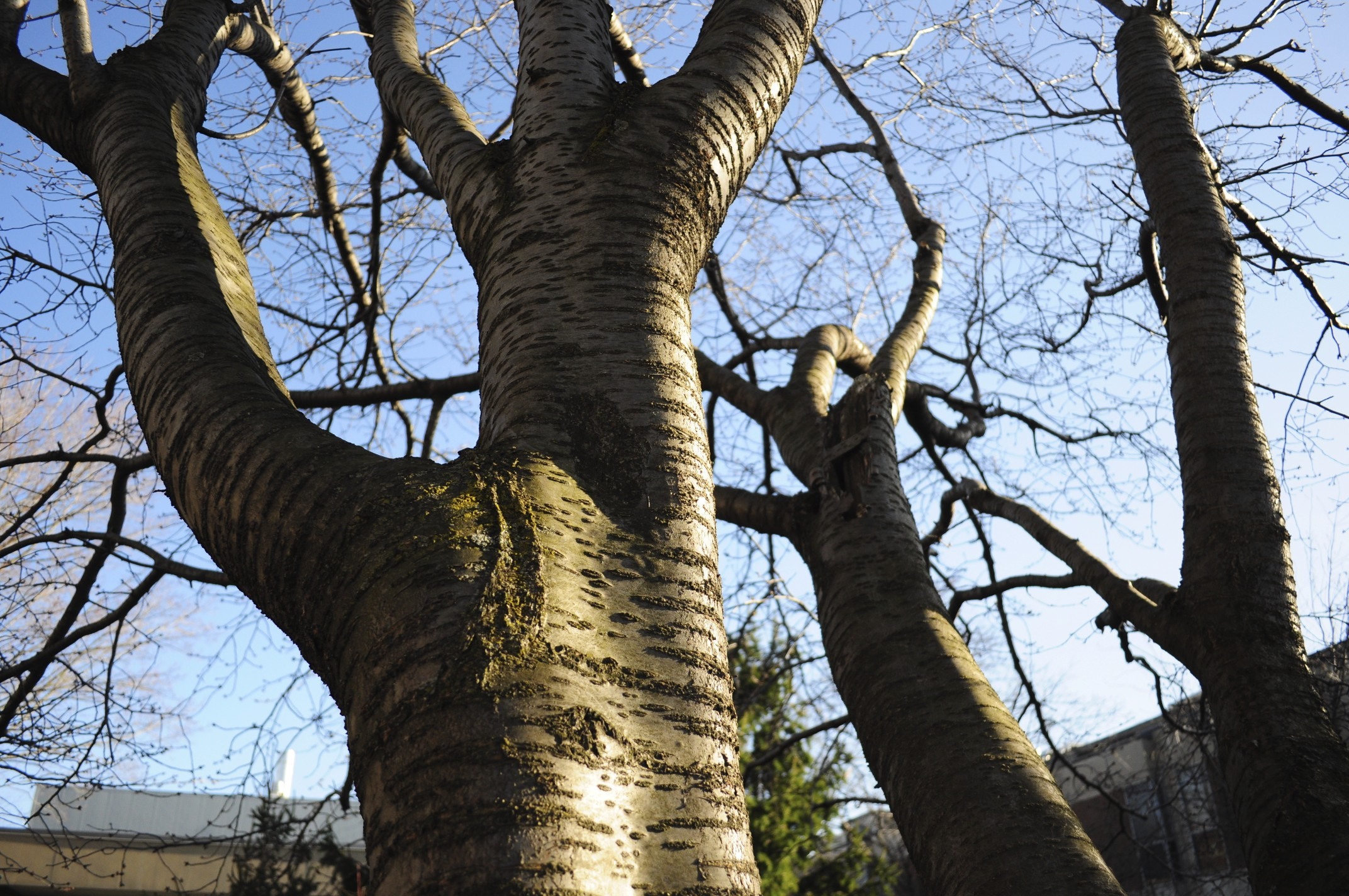Flowering Cherry : Medicinal
Cherry trees (flowering and fruit-bearing), native to many parts of the world, helped create a diverse array of medicinal uses. American Indians were avid users of the inner tree bark. This would be brewed into a tea or infusion that was valued for treating pain. It also acted as a sedative that was helpful for treating anything from labor pains to fevers and common colds. The root is renowned for its dermatological benefits and was commonly used to treat cold sores (Sheu). In modern day, cherries are known for their high levels of vitamin A and iron. They also are high in antioxidants such as vitamin E and C (Rodrigues). Looking forward, there are studies that have linked the Prunus sargentii to strong antiviral properties. A study that tested several plants in the Rosacea family found that the leaves of this cherry were able to deactivate about half of the enzymes needed for HIV reproduction. This evidence could prove useful in future HIV treatments (Jong Cheol Park, 2005). Another study mentions high amounts of antioxidants and phenolic compounds in the fruit, substances that can prevent cancer and are important supplements (Yook, Kim, Park, & Shin, 2010).

